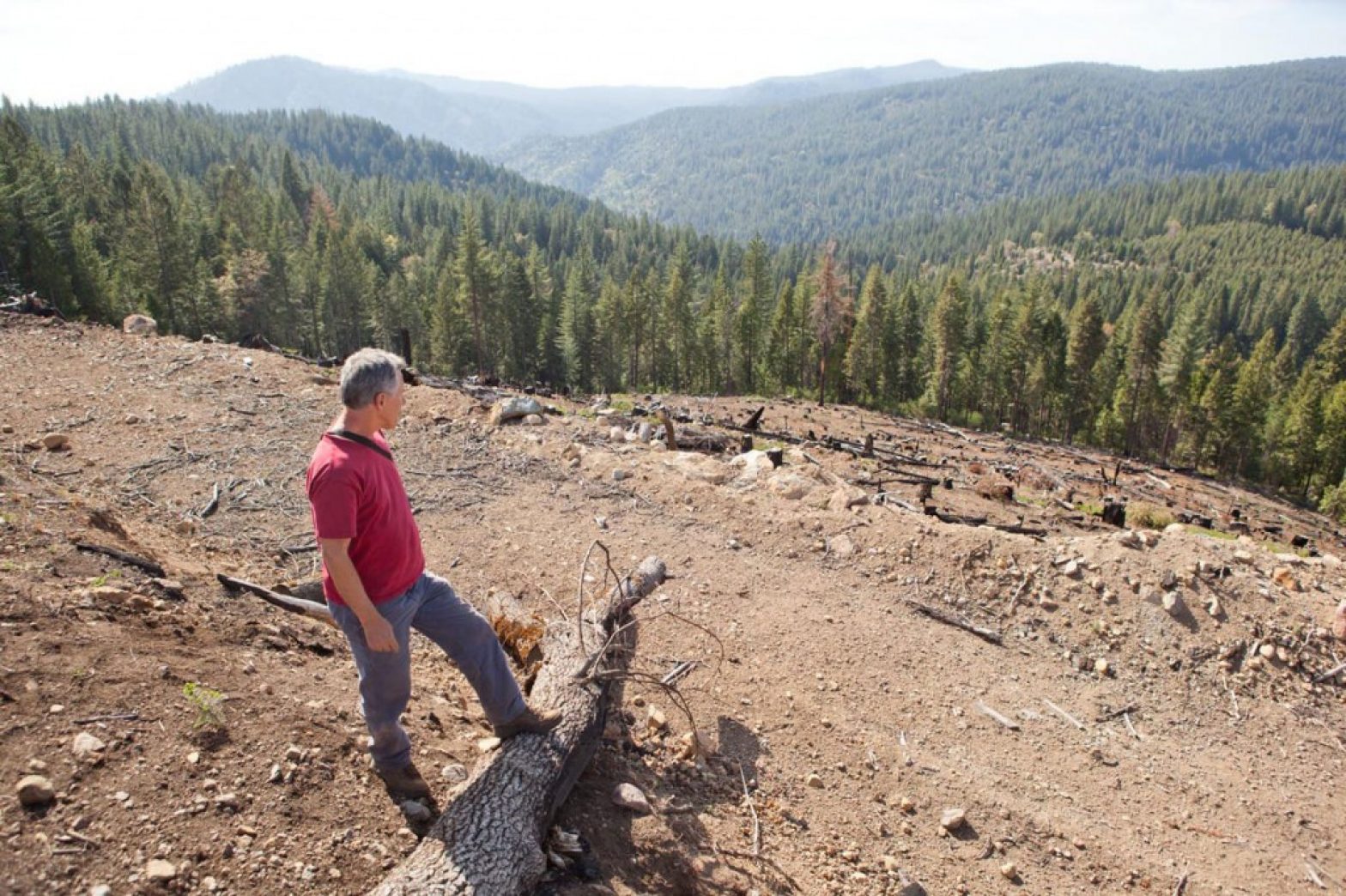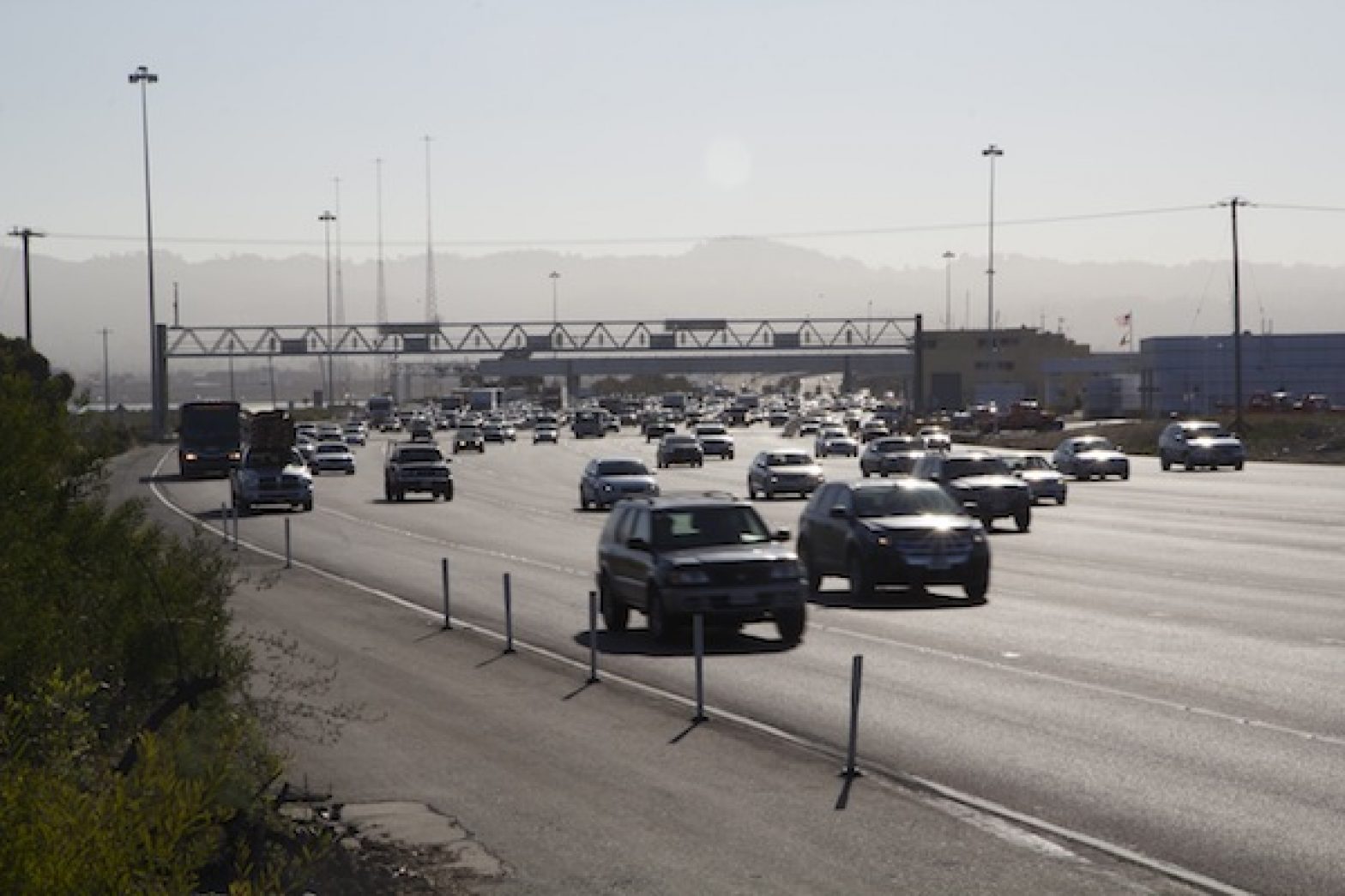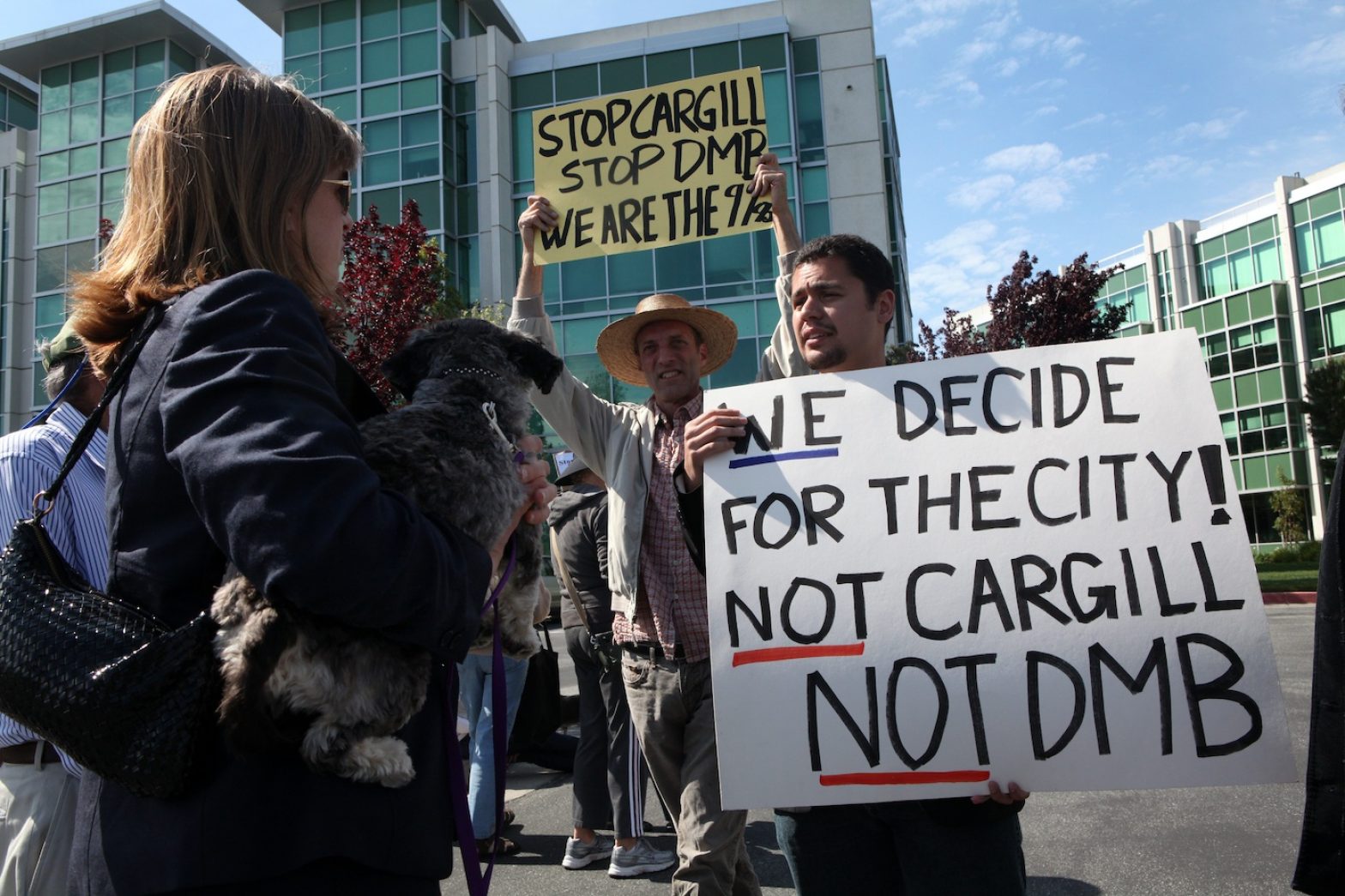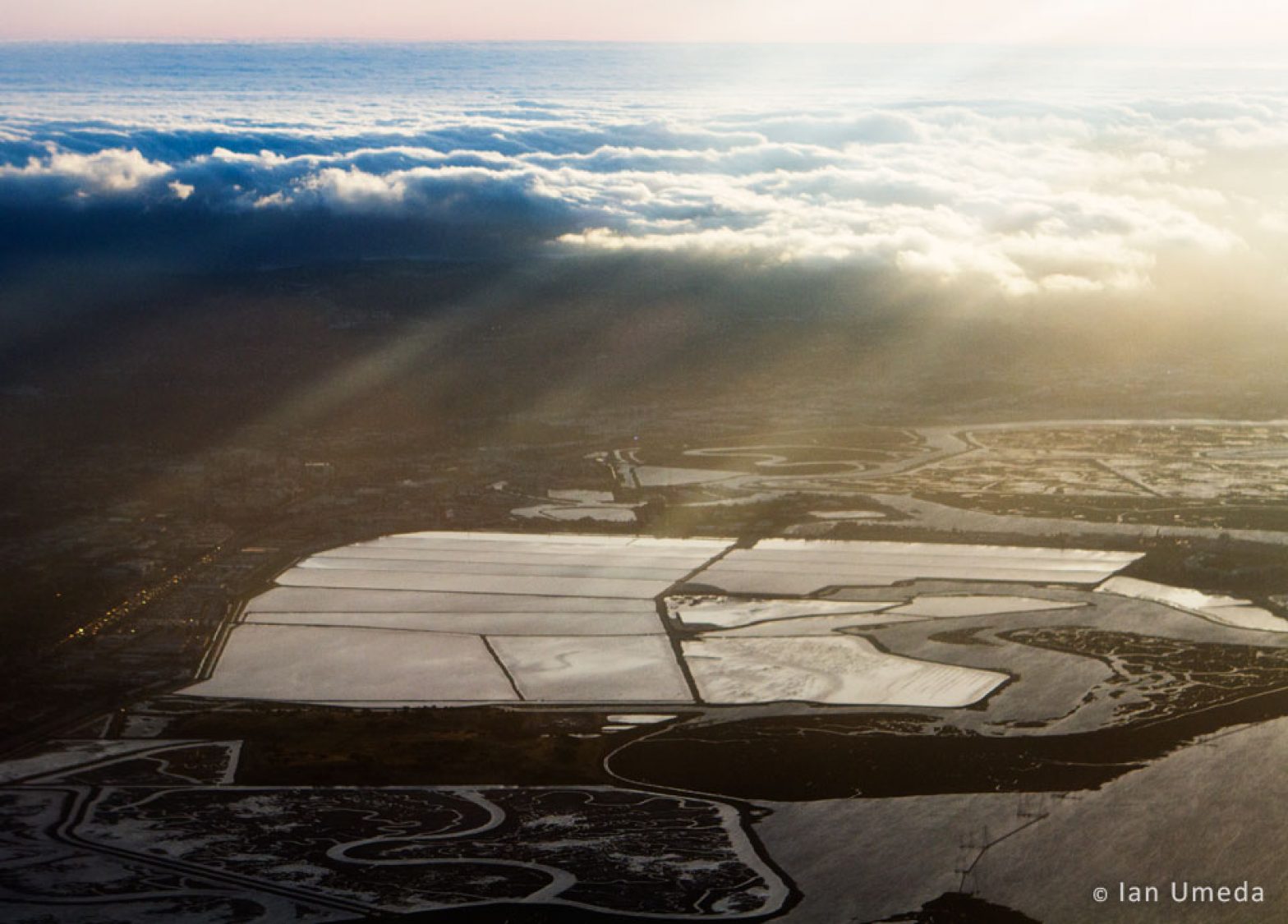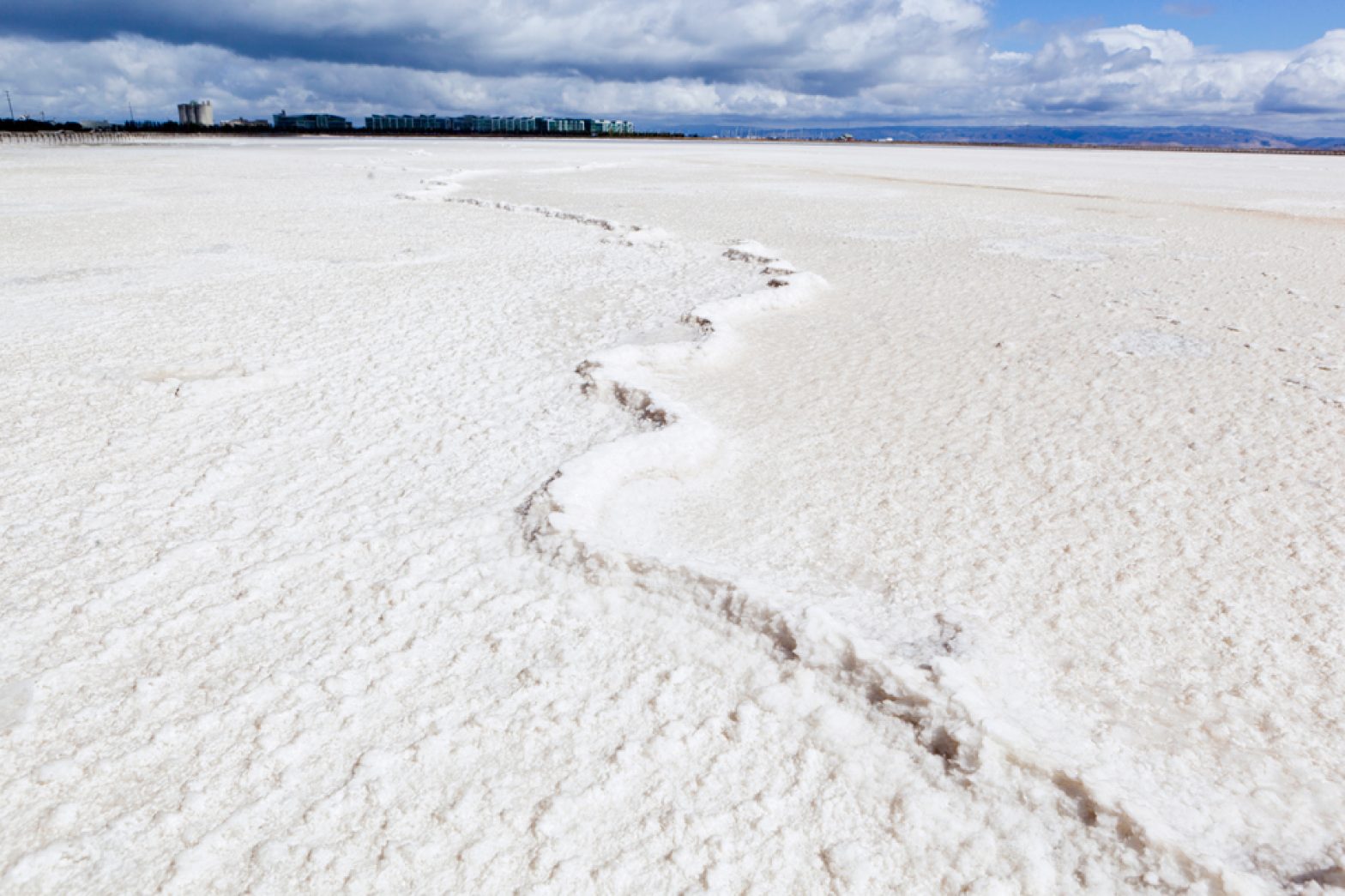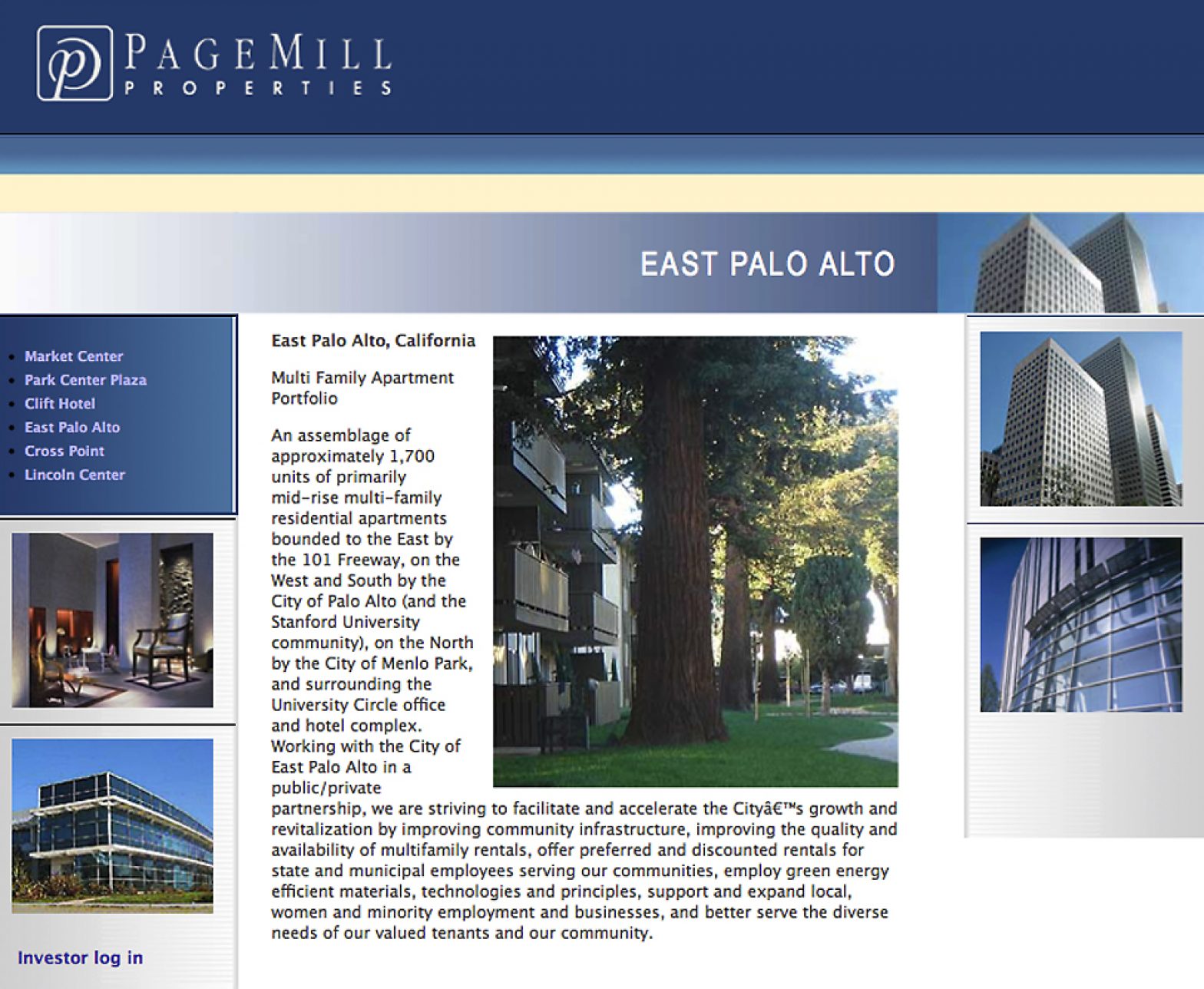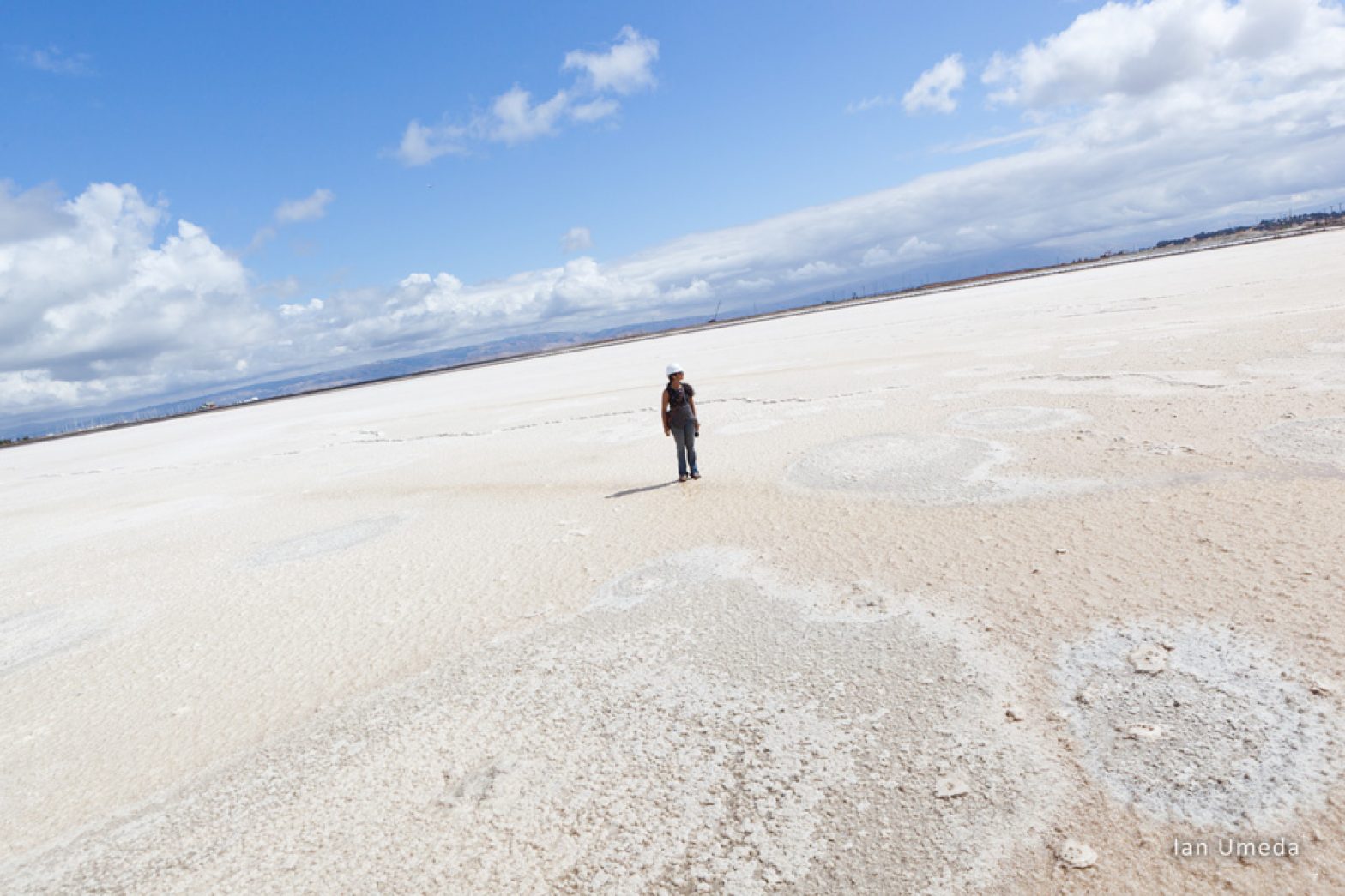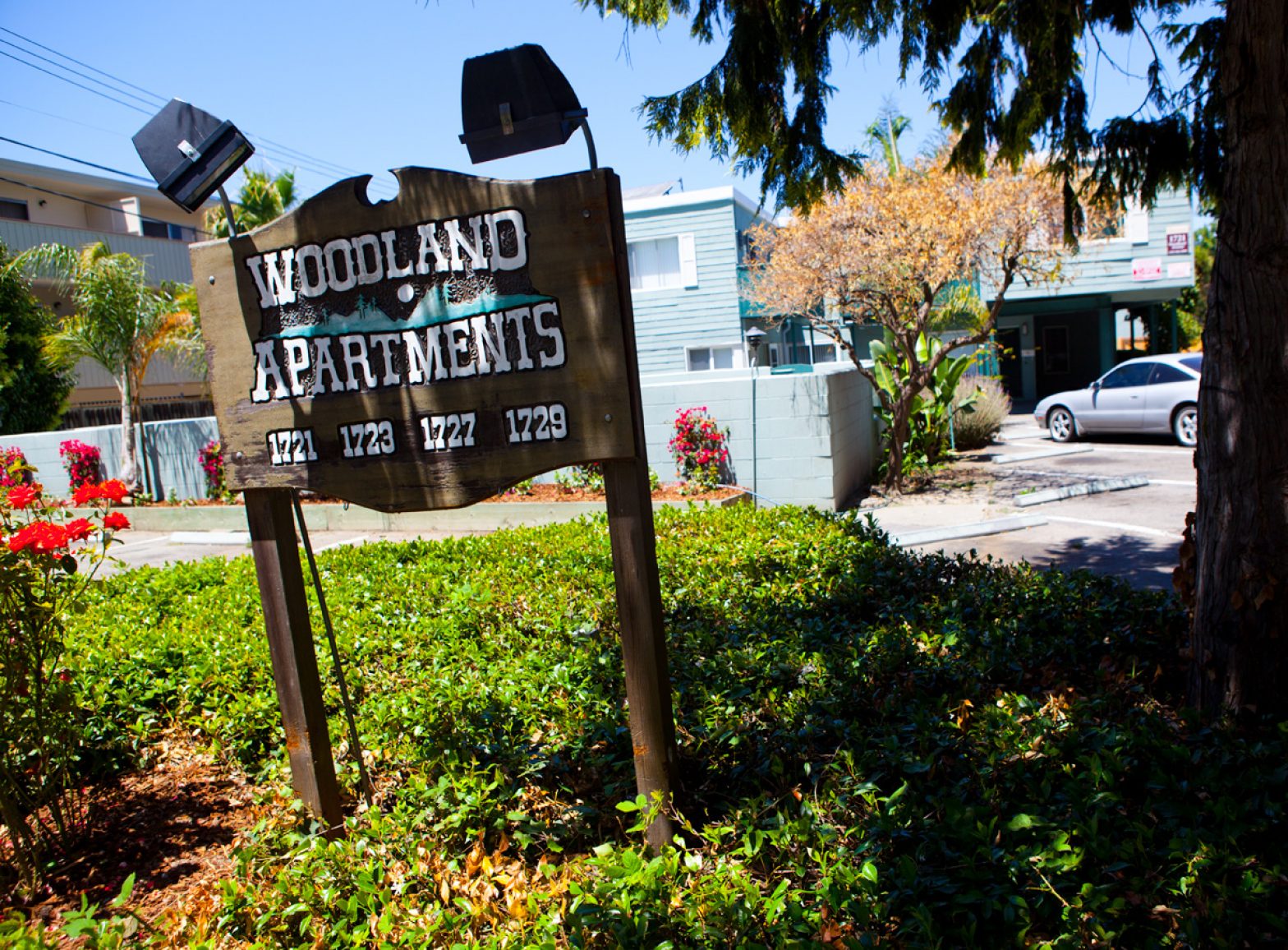California
California’s Market for Hard-to-Verify Carbon Offsets Could Let Industry Pollute as Usual
Timber, dairy and chemical companies are lining up to sell carbon credits, which regulators call “offsets,” to the largest California polluters so they can compensate for their greenhouse gas emissions. Many environmentalists say that because it is notoriously difficult to prove that such projects actually reduce the state’s overall carbon footprint, California should proceed slowly in approving a vast expansion of the cap-and-trade market. This story is part of a special report on climate change in the summer print edition of the San Francisco Public Press.
